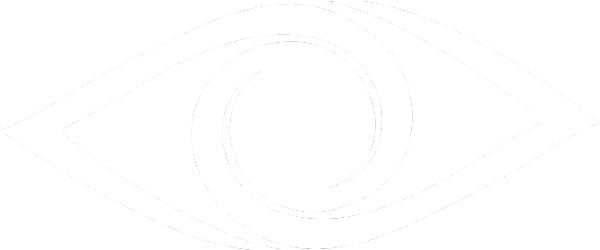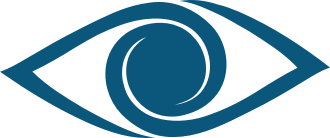The Primary Line of Defense for Maintaining Healthy Eyes
Depending on your age and visual needs, a wellness vision exam is recommended every one to two years. We offer comprehensive eye care services here at the Beverly Hills Institute of Ophthalmology, a major component of which involves regular eye checks. We perform vision exams in Beverly Hills and at our Torrance locations, and they’re relatively simple, completely comfortable procedures that often involve checking up on several of the following issues:
Medical History
We’ll take a look at your family medical history, learn whether you wear corrective lenses or whether you are on any medication, as this information will help us to properly form your treatment plan.
Visual Acuity
This is your standard vision test, wherein you’ll be asked to read a standardized eye chart to determine how well you see at various distances. This information similarly guides the formation of your treatment plan.
Pupils
Your doctor may evaluate how your pupils respond to light by shining a bright beam of light through your pupils.
Side Vision
Loss of side vision is a symptom of glaucoma. Because you may lose side vision without knowing it, this test can identify eye problems that you aren’t even aware of.
Eye Movement
This test, called ocular motility, evaluates the movement of your eye. Common tests measure the eyes and their ability to move quickly in all directions and slowly track objects.
Prescription for Corrective Lenses
You will be seated and asked to view an eye chart through a device called a phoropter, which contains different lenses. The phoropter can help determine the best eyeglass or contact lens prescription to correct nearsightedness, farsightedness, astigmatism, and presbyopia.
Eye Pressure
This test measures intraocular eye pressure, or IOP. Elevated IOP is a sign of glaucoma. The test may involve a quick puff of air onto the eye.
Front Section of Eye
A type of microscope called a slit lamp is used to illuminate the eyelids, cornea, iris and lens. This can reveal whether you are developing cataracts or have any scars or scratches on your cornea.
Glasses
Millions of people wear eyeglasses to correct farsightedness, nearsightedness, astigmatism, and presbyopia. Eyeglass lenses can be made in a wide variety of lens styles and refractive powers to correct most visual errors. New technology enables eyeglass lenses to be made to correct “higher order aberrations,” which are tiny defects in the way we see that could not be corrected previously. A process called “digital surfacing” also provides crisper, clearer vision than ever before. Improved technology has also provided lenses that are lighter, thinner and more comfortable to wear. Prescription sunglasses are also a popular option available to you.
Find the pair of glasses that is right for you.
Contact Lens Fitting
Contact lenses are another popular way to correct visual errors. New technology has brought us contact lens materials that are healthier for the eye, and also extremely comfortable. Contact lens wearers now may choose among several wearing schedules, from contact lenses that are replaced every day, to contact lenses that are worn continuously for two weeks or up to 30 days, and then replaced. Contact lenses are available to correct nearsightedness, farsightedness, astigmatism and presbyopia.
For a glasses-free look, ask about contact options at your next exam.
Retina and Optic Nerve
If you have an eye medical condition or you are being monitored for signs of disease, your eye doctor will instill drops in your eye to dilate, or widen, your pupil. Then the doctor can thoroughly examine your retina and optic nerve for signs of damage from disease.

